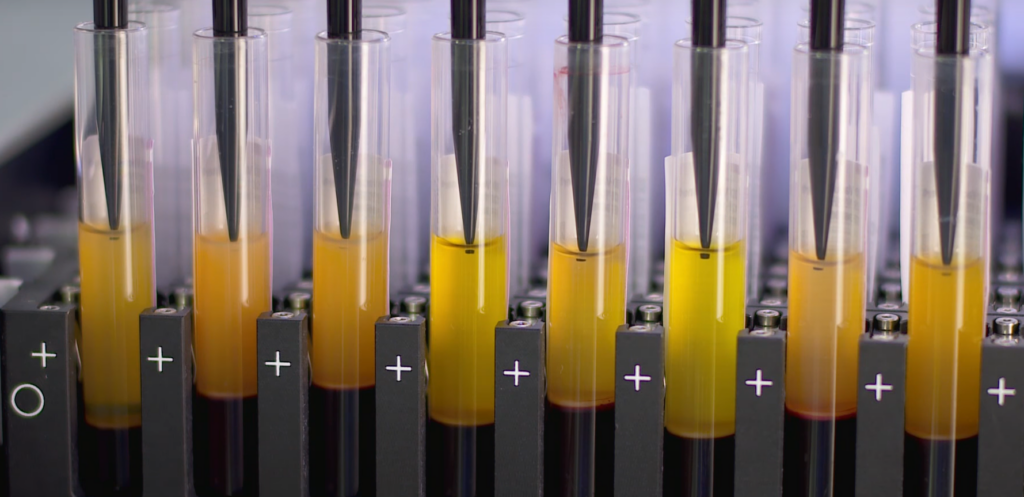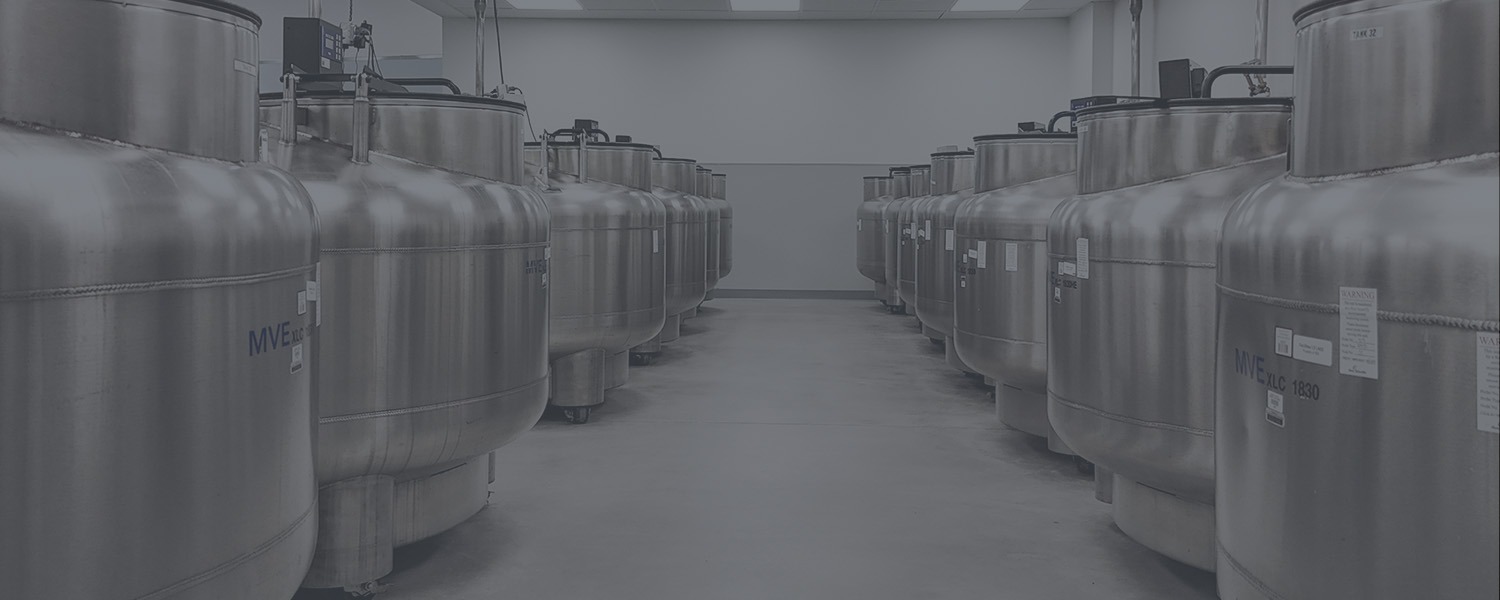In this discussion, Product Marketing Manager, Haris Choudhery, PhD met with Cellular Services expert Jennifer Moore, PhD, to discuss the importance of correctly automating peripheral blood mononuclear cells (PBMCs).
Table of Contents
- Q1: Talk us through why it’s so important to get PBMC isolation done correctly and what downstream applications it leads to
- Q2: Why might researchers choose to automate PBMC isolation instead of manually isolating them?
- Q3: What hurdles do researchers face when isolating PBMCs themselves?
- Q4: How easy or difficult is it to set up automated PBMC isolation in your own labs?
- Q5: How does Sampled help researchers who require PBMC isolation? What are the benefits of outsourcing PBMC isolation?
Haris Choudhery (HC): Talk us through why it’s so important to get PBMC isolation done correctly and what downstream applications it leads to
Jennifer Moore (JM): PBMC isolation is crucial because it enables researchers to separate peripheral blood mononuclear cells (PBMCs) from whole blood, allowing for focused study on these specific cells. Correctly isolating these PBMCs ensures purity and viability, which is essential for downstream applications such as biomarker discovery, drug development, oncology research, and clinical trials. PBMCs serve as valuable indicators of immune response, disease progression, and treatment efficacy in various medical and research contexts. Therefore, accurate isolation of these cells is fundamental to obtaining reliable data as failing to do this can lead to low reproducibility between investigations.
HC: Why might researchers choose to automate PBMC isolation instead of manually isolating them?
JM: Researchers often opt for automated PBMC isolation for several reasons. Firstly, automation streamlines the process, reducing human error and variability inherent in manual isolation techniques. This consistency ensures reproducibility and reliability of results which is critical for research validity. Additionally, automation increases throughput, enabling the processing of larger sample volumes in a shorter time frame, which is advantageous for high-throughput studies or clinical trials. Furthermore, automated systems often offer integrated data management, traceability, and quality control features, enhancing efficiency and compliance with regulatory standards.

HC: What hurdles do researchers face when isolating PBMCs themselves?
JM: Researchers will encounter various challenges when isolating PBMCs if they are unfamiliar with best practices and standard operating procedures. Regarding manual isolation methods, these can be labor-intensive, time-consuming, and prone to inconsistencies, leading to variable outcomes. Achieving high purity and viability of PBMCs consistently requires expertise and experience in handling blood samples and performing centrifugation techniques. Additionally, manual workflows pose risks of contamination and sample mishandling, jeopardizing data integrity and experimental validity. Moreover, manual isolation may not be scalable for studies requiring processing of large sample cohorts, limiting research efficiency and productivity.
HC: How easy or difficult is it to set up automated PBMC isolation in your own labs?
JM: Researchers who are new to automated PBMC isolation may encounter several challenges or hurdles:
- Initial Investment: Acquiring automated PBMC isolation equipment represents a significant upfront capital expenditure for research laboratories, which may pose financial challenges, especially for smaller or resource-constrained institutions.
- Technical Complexity: Operating automated systems requires technical expertise and training. Researchers may face a learning curve in understanding the operation, maintenance, and troubleshooting of the equipment and software.
- Protocol Optimization: Despite being automated, PBMC isolation protocols may still require optimization to ensure optimal performance and yield. Researchers may need to experiment with various parameters to achieve desired results. This may increase turn around times initially while researchers learn how to achieve the desired results.
- Integration with Workflows: Integrating automated PBMC isolation into existing laboratory workflows and processes can be challenging. Researchers need to ensure seamless integration with sample handling, data management, and downstream analysis procedures.
- Quality Control: Maintaining quality control measures is crucial in automated PBMC isolation to ensure consistency and reliability of results. Researchers must establish robust quality control protocols and monitor process parameters effectively.
- Validation and Compliance: Validating automated PBMC isolation protocols and ensuring compliance with regulatory standards are essential but can be time-consuming and complex processes requiring careful documentation and adherence to guidelines.
Overall, while automated PBMC isolation offers numerous benefits, researchers new to this technology must navigate various challenges to maximize its potential and integration into their research workflows.
HC: How does Sampled help researchers who require PBMC isolation? What are the benefits of outsourcing PBMC isolation?
JM: Sampled provides comprehensive PBMC isolation services, offering researchers a range of benefits:
- Expertise: Sampled’s experienced team ensures accurate and reproducible PBMC isolation using well established protocols and state-of-the-art equipment, such as the Hamilton EasyBlood platform, which minimizes variability and ensures reproducibility.
- Efficiency: Outsourcing PBMC isolation to Sampled saves researchers time and resources by eliminating the need for specialized equipment, personnel training, and protocol optimization. This allows researchers to focus on core research activities and accelerate project timelines whilst saving on capital expenditure.
- Quality Assurance: Sampled maintains rigorous quality control measures throughout the isolation process, ensuring high purity and viability of PBMCs for downstream applications. This commitment to quality assurance provides researchers with confidence in the reliability and consistency of their data.
- Scalability: Sampled can meet your changing needs and enables processing of large sample volumes efficiently, catering to diverse research needs and timelines. Whether for small-scale studies or high-throughput projects, Sampled offers flexible solutions to meet researcher requirements.
In summary, outsourcing PBMC isolation to Sampled offers researchers a convenient, reliable, and cost-effective solution, enabling them to obtain high-quality PBMCs for their research endeavors.
If you would like to learn more about our automated PBMC isolation services and the advantages of outsourcing this service, contact one of our experts today

